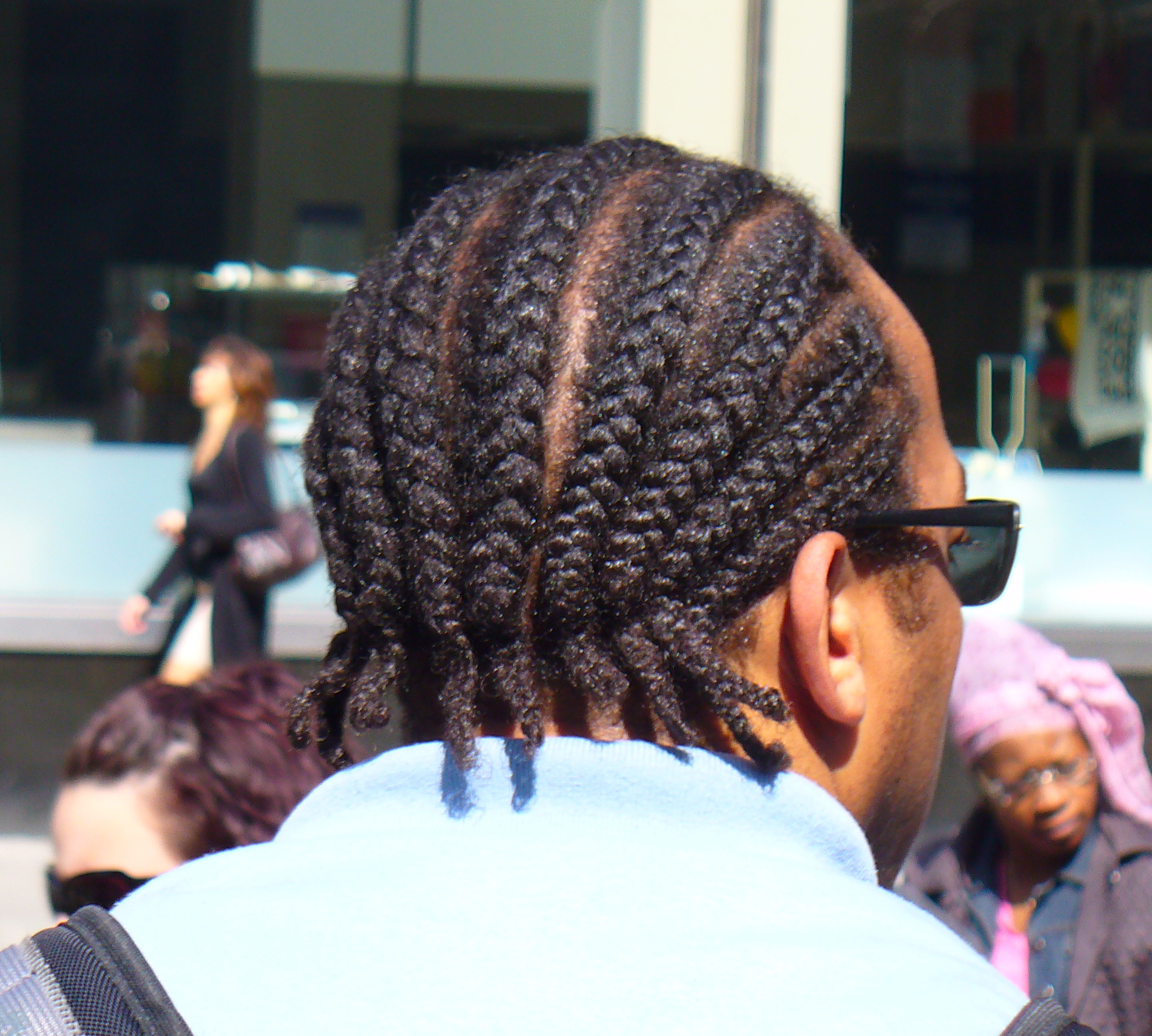Certain hairstyles may make people lose their hair faster, a recent study suggests.
Scientists from the Johns Hopkins School of Medicine examined 19 studies and found a “strong association” between hairstyles that pull tightly on the scalp and the beginning of traction alopecia – this is gradual hair loss due to damage to the hair follicles. Traction alopecia happens when there is constant and prolonged tension on the hair root, such as constantly pulling hair back into tight braids.
The researchers state that traction alopecia is a more of a problem in African-American populations where hairstyles that pull hair back are common, such as cornrows. Results show that an estimated one-third of African-American women have traction alopecia.
Dr. Crystal Aguh, assistant dermatology professor at John Hopkins, said in a press release that,
Hair is a cornerstone of self-esteem and identity for many people but ironically, some hair styles meant to improve our self-confidence actually lead to hair and scalp damage.
These include braids, weaves, dreadlocks, extensions and tight ponytails or buns. Chemical hair treatments also heighten the risk for traction alopecia.
There is some good news – traction alopecia is treatable, and can be stopped with immediate intervention and a change in hairstyles. The research team recommends alternating hairstyles from those that pull the hair back to those that ease the tension.
While the study did not prove a definite cause-and-effect link, the results are certainly notable. Aguh and her team believe that their findings should enable dermatologists to learn more about hairstyles that may damage the scalp so they can better inform their patients.
“Dermatologists need to be conscious of the fact that many high- and moderate-risk hairstyles greatly improve hair manageability, and simply telling patients to abandon them won’t work for everyone,” Aguh said. “Instead, physicians can educate themselves to speak with patients about making the best hairstyling choices to minimize preventable hair loss.”
The study was published in the Journal of the American Academy of Dermatology.
























